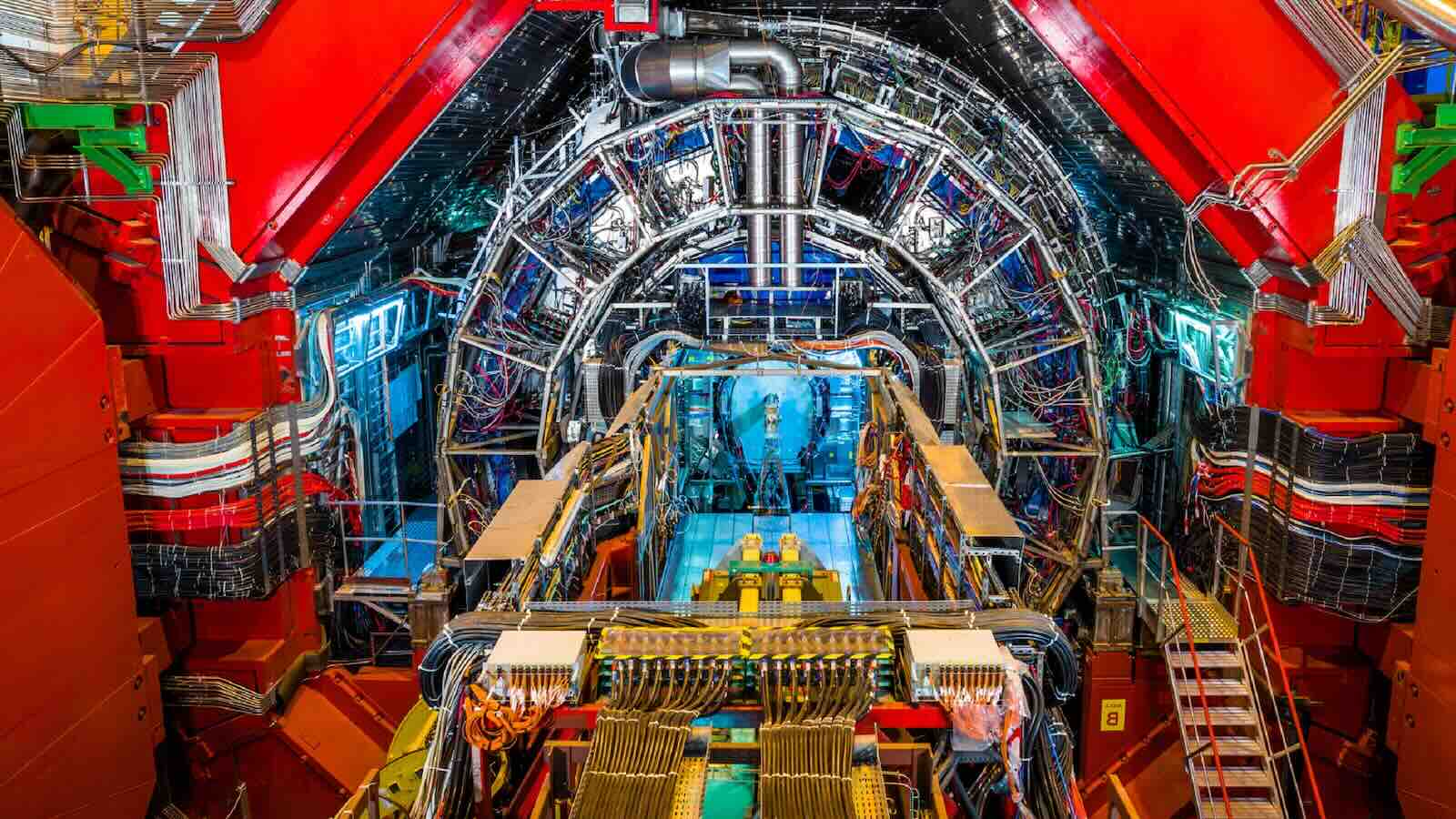A centuries-old dream just became scientific reality deep beneath the French-Swiss border.
For over a thousand years, alchemists dreamed of turning lead into gold—a transformation long dismissed as myth or metaphor. But now, in a jaw-dropping twist, scientists at CERN have made that ancient vision real. Using the Large Hadron Collider (LHC)—the world’s most powerful particle accelerator—they’ve triggered a subatomic transmutation that turns lead into actual gold atoms.
No magic. No philosopher’s stone. Just cutting-edge physics.
How Lead Becomes Gold in the LHC Tunnel
The transformation occurred during the ALICE experiment, one of four major research projects at the LHC, located 100 meters underground along the Franco-Swiss border. In these experiments, lead nuclei are accelerated to near-light speeds and slammed into each other inside the collider’s 27-kilometer tunnel.
Here’s what happens:
-
Each lead atom contains 82 protons.
-
During high-energy interactions, it occasionally sheds three protons, becoming an atom of gold, which has 79 protons.
Goodbye to energy dependence – Alaska discovers more than 1,200 TWh hidden under the ice, and the find could change the world
Goodbye Pepsi: Costco makes a major decision that completely changes its strategy with sugary drinks
-
These events are detected by highly sensitive instruments like the Zero Degree Calorimeter (ZDC).
It’s not just poetic—it’s pure nuclear physics.
Why This Matters Way More Than the Gold Itself
Let’s get one thing straight: CERN isn’t about to open a gold mine.
While roughly 86 billion gold nuclei were generated during a single research cycle, the actual mass of gold produced amounts to just 29 picograms—that’s 0.000000000029 grams. You’d need a microscope just to imagine it.
So why is this a big deal?
Because these fleeting transmutations offer critical insights into how matter behaves under extreme energy. They also improve our understanding of electromagnetic dissociation—a major challenge in high-energy particle physics. Every collision offers valuable data that helps refine the models needed for future accelerators and fusion research.
In short: science over substance.
A Philosopher’s Dream, A Physicist’s Reality
What makes this achievement so profound is its symbolism.
Alchemists once believed that turning lead into gold was a path to divine insight. Today, CERN’s scientists have achieved that ancient quest using sheer intellect and atomic precision. It’s a poetic collision of history and modern science, merging mystical longing with measurable reality.
It also echoes the spirit of other ambitious projects—like China’s colossal nuclear fusion experiments—where humanity continues to push the limits of what we can control and create.
Can This Ever Be Scaled? Not Likely
Let’s address the obvious question:
Could we someday use this to manufacture gold?
How detonating a nuclear bomb could protect planet Earth
Buys a coal mine for $2 million and discovers metals worth up to $36 billion
Unlikely. The process is wildly energy-intensive and produces microscopic yields. Each atom exists only for fractions of a second before vanishing into detector walls or breaking down in other interactions. Even if we stabilized the atoms, the cost would dwarf the value of the gold itself.
Still, the breakthrough offers something far more valuable: proof that atomic transformation is possible, and that the periodic table isn’t as fixed as once thought.
A Milestone That Transcends Time
Turning lead into gold is no longer a myth—it’s a milestone. One that connects ancient human ambition with the most advanced technology of our age.
And while we may never profit from these golden atoms, their real value lies in what they represent: our ability to reshape the universe at its most fundamental level. From dreams scribbled in medieval journals to subatomic collisions inside CERN, the journey has come full circle.
Science, it seems, has its own kind of magic.
